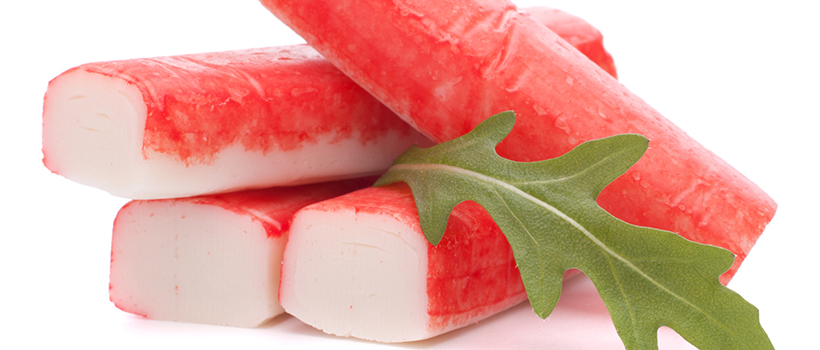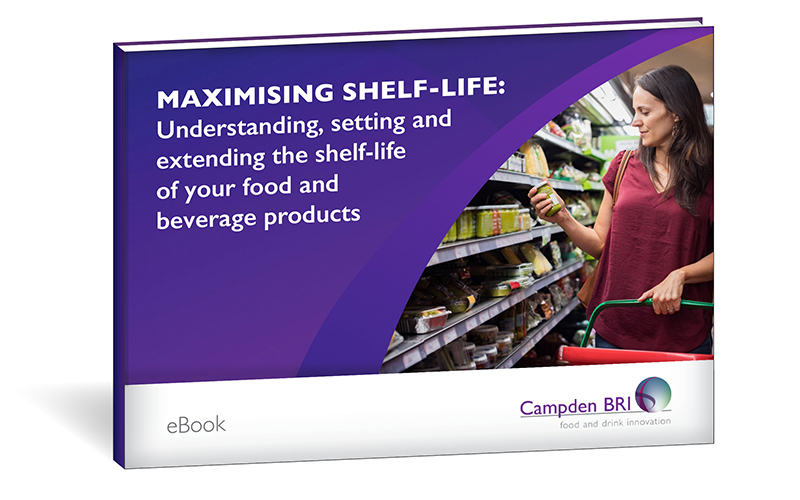

Colour stability during shelf life
Opportunity
Quality shelf-life testing can be conducted internally within many food and beverage businesses, or the services of an external testing partner can be sought. In the case of ingredient suppliers, for example, the use of an independent third party to assess new ingredients over a product’s shelf-life may be valuable.
Maintaining colour stability and integrity during shelf life is one of the main challenges for surimi seafood stick manufacturers. Paprika and carmine can be used to colour surimi seafood, but paprika can affect the taste and carmine, which is derived from insects, has a tendency to migrate into the white mass and faces scrutiny by consumers.
Lycored, producers of carotenoid and lycopene-based ingredients for the food industry, approached us to help with shelf-life trials to investigate the performance of their naturally sourced lycopene-based and beta carotene-based individual colours and blends for the colouring of surimi seafood sticks.
Download the complete Maximising Shelf-life eBook, for free, to unlock the tools for measuring and maximising the shelf-life of your food and drink products whilst ensuring their safety and quality.

Approach
Lycored wanted to compare the stability of several of their individual colours and blends against other colouring options. We developed a method to compare ten different individual colours / blends on each of the seafood sticks, in order to provide a clear and direct comparison. The seafood sticks were then stored in chilled conditions and exposed to light levels significantly higher than typical food display conditions – simulating a ‘worst case scenario’.
For the research provided, we used an objective colour measurement system – VeriVide’s ‘DigiEye’ (a digital imaging system that captures colour calibrated images under standardised lighting conditions).
Results
Our work showed that Lycored’s naturally sourced individual colours and blends remained stable with little to no migration or fading in surimi seafood sticks for up to three months (at least 66 days) – much longer than other colouring options tested (the carmine and paprika samples all changed in colour and showed visible migration within 31 days).
The Campden BRI difference
We take a holistic approach to shelf-life testing that provides insight into all aspects of the food. We can assess how your product performs over time and identify the changes to ingredients, packaging or to other contributory factors that will help maximise shelf-life across a variety of product types, to deliver results you can trust.
Using state-of-the-art facilities and the latest methods and technology, you can be sure of a high-quality service that will help you to improve your products, processes and profitability, whilst protecting product safety and quality.
We provide many members and clients with tailored, expert support in all areas of shelf-life evaluation, maximisation and extension, and have specific expertise in microbiology, chemistry, sensory, regulatory and product innovation services. Get in touch to join those already benefitting from support.
Download our FREE Maximising Shelf-life eBook today!
Explore different strategies to maximise and extend product shelf-life, without compromising safety or quality.
How can we help you?
If you’d like to find out more about how we can help with the self-life of your products, contact our Support Team.






